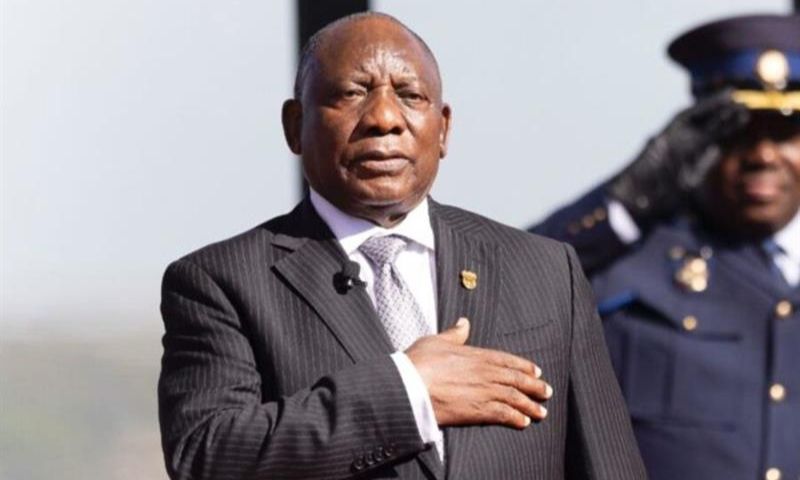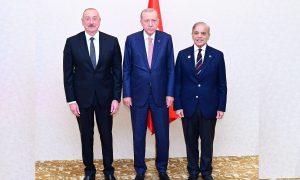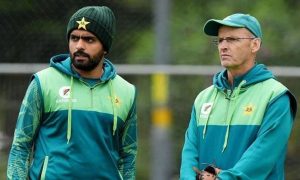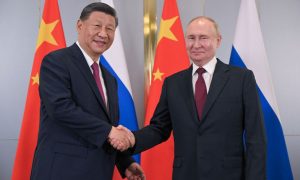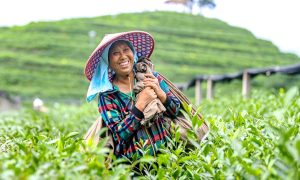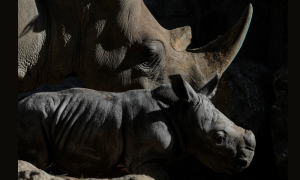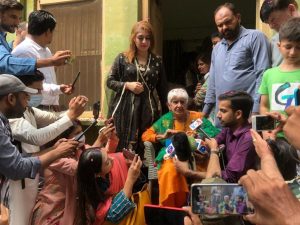JOHANNESBURG: South African President Cyril Ramaphosa’s has unveiled a new coalition government that marks a pragmatic shift towards the centre-right, as opposition parties take control of more than a third of ministries, bringing hope for better governance but also cohesion fears.
The African National Congress (ANC), which has been in power since the advent of democracy in 1994, retains 20 out of 32 cabinet positions, including key portfolios such as foreign affairs, finance, defence, justice, and police.
Following the ANC’s loss of its outright parliamentary majority in the May 29 elections, the party of anti-apartheid icon Nelson Mandela sought to form a government of national unity. Weeks of tough negotiations ensued, ultimately leading the ANC to forge an alliance with centre-right parties, a move aimed at assuring investors and fostering stability.
The Democratic Alliance (DA), the ANC’s primary coalition partner, secures six ministries in the new government. “The time for collaboration has arrived,” said John Steenhuisen, leader of the DA and newly appointed agriculture minister, in a televised address. He emphasized that his party had received influential ministries such as education, environment, and infrastructure.
The DA, known for its criticism of the president and the ANC, capitalized on voter dissatisfaction over job creation, crime rates, and economic stagnation.
“This new coalition government must now start delivering for the people of South Africa,” Steenhuisen asserted.
President Ramaphosa, 71, described the establishment of the coalition government as unprecedented in South Africa’s democratic history. In a televised speech on Sunday, he highlighted the mandate for transformation, growth, and renewal bestowed upon the new government by the electorate.
“The people have spoken clearly; they expect political parties to collaborate in fulfilling the mandate of transformation, growth, and renewal,” Ramaphosa affirmed.
The new government’s priorities, according to the president, include addressing poverty and inequality through sustainable economic growth. Despite earlier promises to streamline his cabinet, Ramaphosa defended the decision to appoint 32 ministers to accommodate the diverse parties in the coalition.
Among the coalition partners are the Zulu nationalist Inkatha Freedom Party (IFP), the anti-immigration Patriotic Alliance, the right-wing Afrikaans party Freedom-Front Plus, and several smaller parties, collectively securing six cabinet positions.
IFP leader Velenkosini Hlabisa welcomed the formation of the coalition government, describing it as a new era in South African democracy. As the new Minister of Traditional Affairs, Hlabisa emphasized the importance of collective wisdom and common purpose in achieving the government’s mandate.
However, the coalition’s formation drew criticism from leftist parties, including the newly formed uMkhonto weSizwe (MK), led by former president Jacob Zuma, 82. These parties rejected the ANC’s coalition with the DA as a “white-led unholy alliance,” aligning instead with a parliamentary grouping comprising mostly leftist opposition parties.
The DA has long grappled with perceptions of representing the white minority in South Africa’s political landscape.









